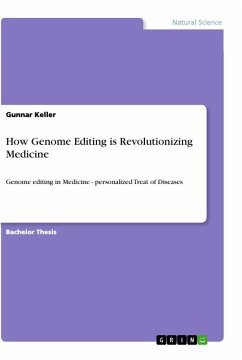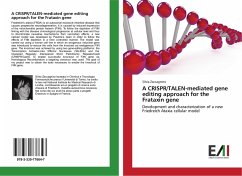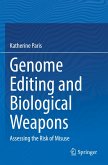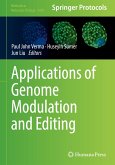Bachelor Thesis from the year 2020 in the subject Biology - Genetics / Gene Technology, grade: 1,1, Management Center Innsbruck, course: Biotechnology, language: English, abstract: CRISPR continues to drive the world of gene editing. About seven years ago, scientists reported that CRISPR technology can enable precise and efficient genome editing in living eukaryotic cells. Since then, interest in the method has spread extensively across the globe. Not long after its sudden headstart in 2013, already thousands of laboratories started taking up the technique and investors began funding startups to harness its potential. This ultimately resulted in major improvements being made in incredibly short periods of time. Simultaneously, this also initiated and continues to drive an increasing gap between new innovative applications in the field of gene editing and the overall awareness of the general public. Ethical concerns have remained a steady companion of this rise. With myriads of research papers about CRISPR related topics being published every year, trying to stay on top of developments can be a cumbersome task. The goal of this paper is to summarize current practice and research areas that are part of modern gene editing. Following a brief summary of CRISPR basics, used endonucleases and techniques, its impact on the treatment of hereditary diseases, viral infections and cancer is illustrated based on recent examples. Effects of gene editing on cell line engineering efforts are described using studies focusing on glycosylation, impurities, cultivation and production efficiency issues of CHO cell lines. Besides discussing CRISPR applications for rapid SARS-CoV-2 diagnosis, current challenges for clinical use including off-targets, immune responses and lacking drug delivery efficiencies as well as promising developments are being reviewed. This paper is supposed to support quick elucidation of future potential of the rapidly evolving world of CRISPR Cas genome editing and facilitate retrieval of further literature.








